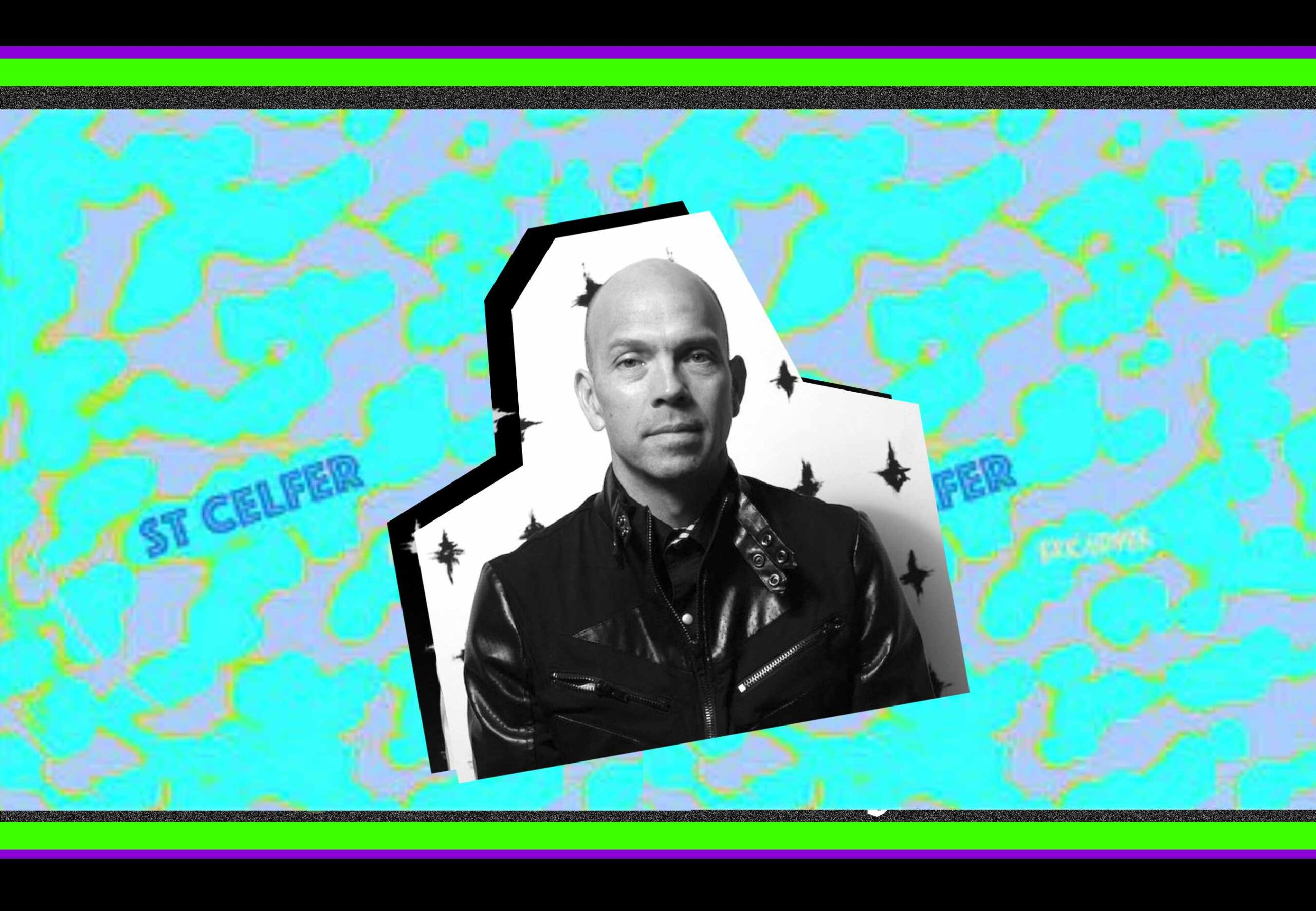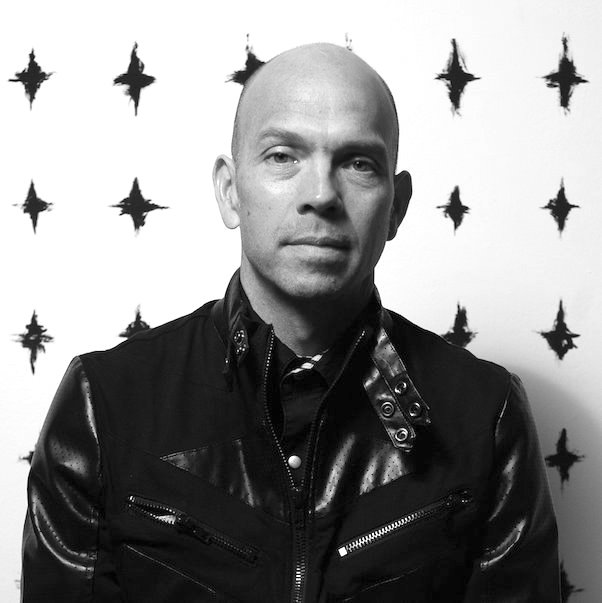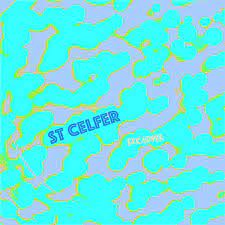Band of Burnouts
Interview with St. Celfer – Part II.
Part two of the interview with Seattle-based musician John Parker, aka St. Celfer.
This interview continues from Part One.
John: To bring a little humor in for a second, in my childhood “burnout” meant something different. A quick check on Urban Dictionary lines up accurately with my memory. Let me place here definition 2.: “a person who has smoked so much marijuana that they appear slow, sluggish, and stupid.” Naturally that makes me think of Timothy Leary’s call to ‘turn on, tune in, drop out’ (which he took from Marshall McLuhan) during the 60s and the Summer of Love. Along the same theme, I have been intrigued by Baudrillard’s reference to the “Art of Disappearing“. Of course, I must mention discovering your site and the concept of ‘no fun’. I dived in once I saw a reference to Iggy Pop!
Nevertheless, turning a negative sounding concept of ‘burnout’ into something, dare I say, “fun”, recognizing this as a description of an outcome which might not be necessarily in our control (caused by certain external and insipid power structures) is brilliant on your part. Initially, I did not think a sense of community was important, but you have changed my view as a way to not play the victim, to turn this imposition around like saying, “ok, you can call me names, but we are banding together”. I realized what I had thought was ‘community’ was shaped in a warped fashion by social media.
I do want a ‘tribe’. I am still thinking about how to do this. I am conflicted as I very much want to stand alone. I feel this is an ethical obligation of an artist and is also part of my character as I mentioned before. However, an artist really stands at the side of everyone else, right? A kind of court jester. There is much to dissect here and leads to my interest in society’s perception of what is mental health.
Jess: ‘What is mental health?’ is such a big, deep, and important question. I don’t know the answer – especially as the word ‘health’ suggests a wholeness or normative/ableist distinction that I really don’t connect with. I have depression but I don’t feel like this makes me unhealthy or like there is something fundamentally wrong with me. It is also because I don’t really believe in the meaning of life as the pursuit of happiness. That seems doomed to fail. As the Buddha taught, the first noble truth is ‘Life is suffering.’ For me, I find this a more generative and useful orientation towards life. it suggests acceptance and compassion, rather than some kind of toxic (generally unattainable) positivity.
What is your perception of what mental health is – both personally and on a societal level?
John: I used the word, ‘health’, reluctantly now that you make me think of it; because, I would not use the word, ‘illness’. In researching schizophrenia and whether there are environmental causes, I came across theoretical texts on the core tenants of psychiatry. It discussed a paradox that some of the symptoms of schizophrenia are not able to be measured or proven through a scientific method, and that despite this, we should take the leap of faith and deal with it as a medical problem. I am not against any interventions that help, but I found this strange, that I made an assumption that there was a firm bed of science behind the diagnosis.
‘Clanging’ is a label to describe a symptom of schizophrenia. I think some great poets did some clanging. They definitely pushed the boundaries of ‘word salad’, another symptom. I mention these with compassion to widen the definition of normal.
Jess: What is the symptom of ‘clanging’?
John: Words based on sound rather than concept. I love doing this myself: like purposefully nonsensical puns, also, reversing words. ‘Word Salad’ is exactly as it sounds. Recently I have been reading Marshall McLuhan (…and wondering why I had not done more before!). “Medium is the Massage” is an example of some of the above. Nonetheless, I am reading his more straightforward lectures.
My interest stemmed from his quote, “schizophrenia may be a necessary consequence of literacy”. By this he means that speaking with a phonetic alphabet is an exercise in abstraction since the words are not directly related to their meaning – we must learn and memorize them. When using language as now, we are making sense of abstractions throughout our conversation. We must really work to make sure none of what we intend to convey is lost.
A main underlying theme of my interest in art is exposing unacknowledged limitations of human perception. Visually this can mean fighting the tyranny of the square, questioning the reliance on the box or noticing the perversion of the corner, the convenience of the frame, the fascism of labels! Naturally, I think about the structure of language. Relatedly in music this means composing outside bars and measures with meandering, sometimes extreme tempos and ranges, avoiding the structure of a square score that fits on a square page. A recent project of mine, Space Between Points, could be described as an attempt, sonically, to overload one’s senses, like schizophrenia. Unacknowledged limitations of human perception are both unknowingly and knowingly exploited; so, we need to understand as best as we can why this happens, but even more importantly when and how this happens. Who gains an advantage?
I don’t want to be dismissive or flippant of mental struggles. I know what happens in psychosis, and it’s a very real and insurmountable crisis. I believe this comes BOTH from one’s environment and from one’s genetic make-up. Our current definition of normal perversely excludes an increasing number of people outside the frame of what’s accepted. Without a larger spectrum we risk pushing more and more away. My work tries to expand the embrace. If you hear the music in what some call noise, then I think I have been successful.
I love your reference to the Buddha. Acceptance of suffering is such an enduring idea that we can’t seem to make go away as much as we want to. In painting theory one talks of struggling as a way to get meaning in the work. I often argue that great work must have evidence of this suffering.
This runs counter to the rest of the world especially now in the competition of who has the best life on social media. You could have the most miserable existence and make it look cool on the small pulsating square that you carry everywhere to remind you. A little mirror to show you the you that you’ve made. It’s manufacturing delusion. And then where are you in the world outside this picture?
Jess: This conversation has developed over many days – weeks even. I’ve loved how we dip in and out, conversing through a different temporality. Not hurried. Not goal-oriented. Just seeing where it takes us, when two people who have never met in person resonate and have the desire to talk to one another. John, to round off, I’d like to check in with where you’re at. Inside and out. You’ve mentioned to me you are in Brazil. Are you usually in the US? Why Brazil atm? How is your mindbody doing at present?
John: I am usually in Seattle. I went to Brasil after two years away to visit family, catch up on doctor appointments, look at my drawings on display at the Museum of Contemporary Art in Sao Paulo, and meet an art collaborator: We planned an event for December 2021. It will include my new instrument plus live dance. I am very excited about it. Look for some announcements.
I think it is fascinating that we met via the internet (despite its limitations for face to face interaction) and can connect through words on a page (despite my questioning of language). Certainly your concept of ‘band’ is in action. Thank you for providing the camaraderie.
About John Parker (aka St Celfer)
St Celfer, once a New York artist, is now based in Seattle and São Paulo with drawings on display at the Museum of Contemporary Art (MAC-USP).
Initially self-taught, he made art objects while preparing as an athlete for the 1992 Olympics. After Barcelona, he studied in Seattle, and, later, Philadelphia. In 1999 he moved to Brooklyn and showed installations applying painting’s ideas of plasticity to everyday inexpensive objects (Gleaned Detritus Project™). Adding an interactive element he followed the same approach in the medium of sound (Listeners™). Furthermore, as a music fan of the 1990’s Seattle, he performed in 2000’s New York scene. Frustrated with the notion of making a living through object production, he extended his visual work to the digital realm (eyekhan.com & gnitcelfer.blogspot.com), alongside his music releases, by creating images based on failing digital processes.
He currently has two projects: first, fighting the tyranny of the square, the urge to codify and name (Space Between Points™) and second, acquiescing to the adaptive function of delusion, the need to mythologize and invent (Step.4D™).


